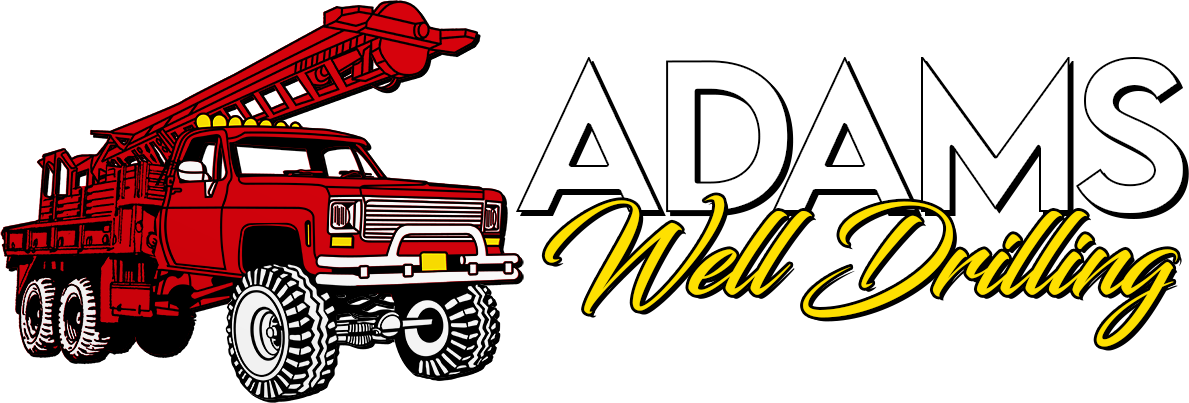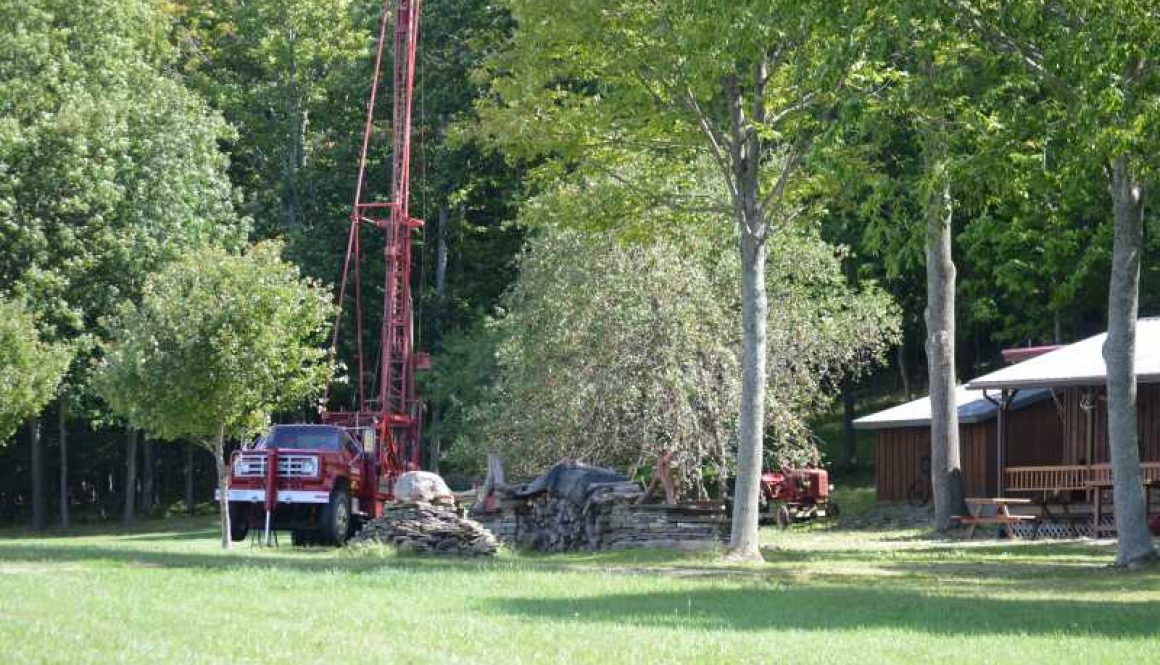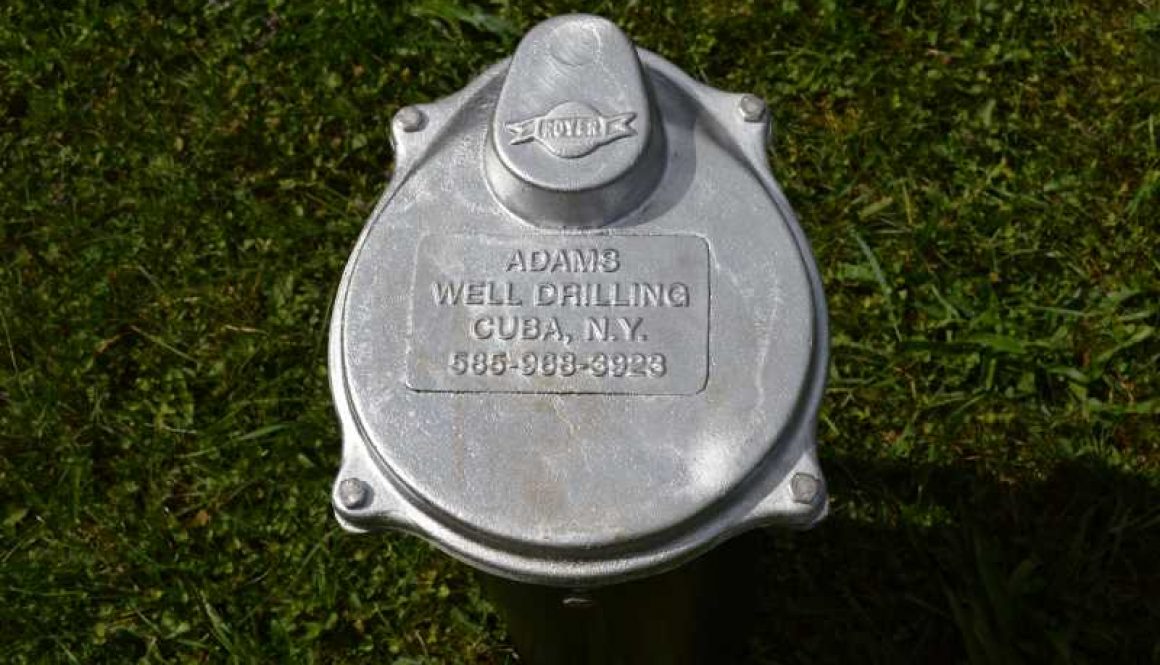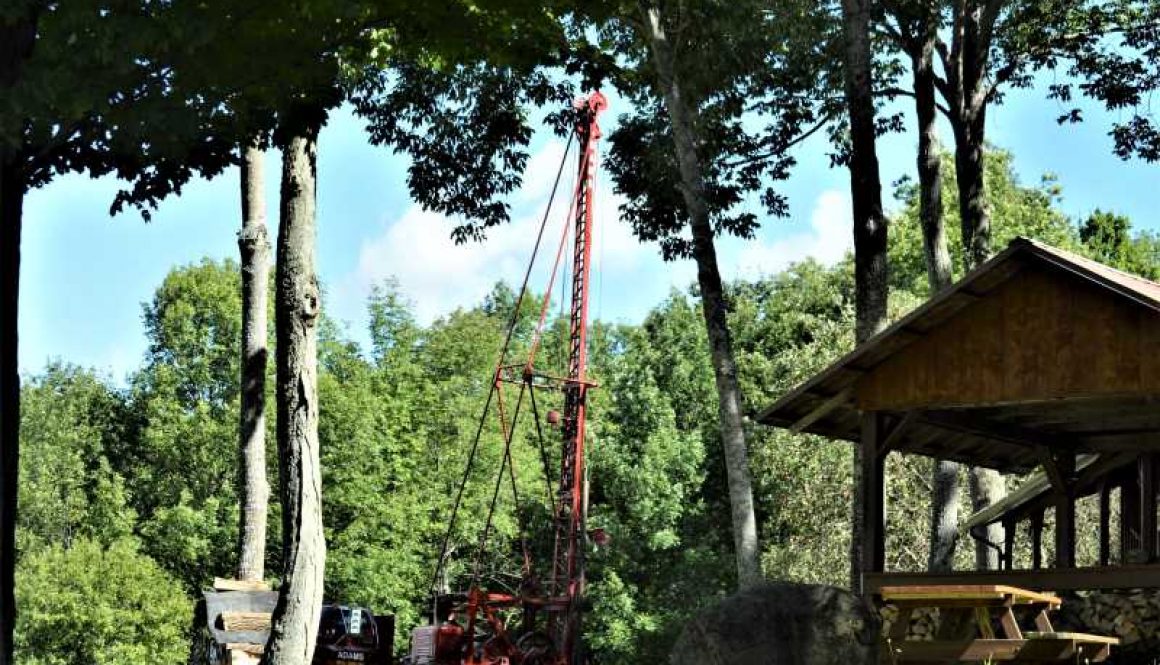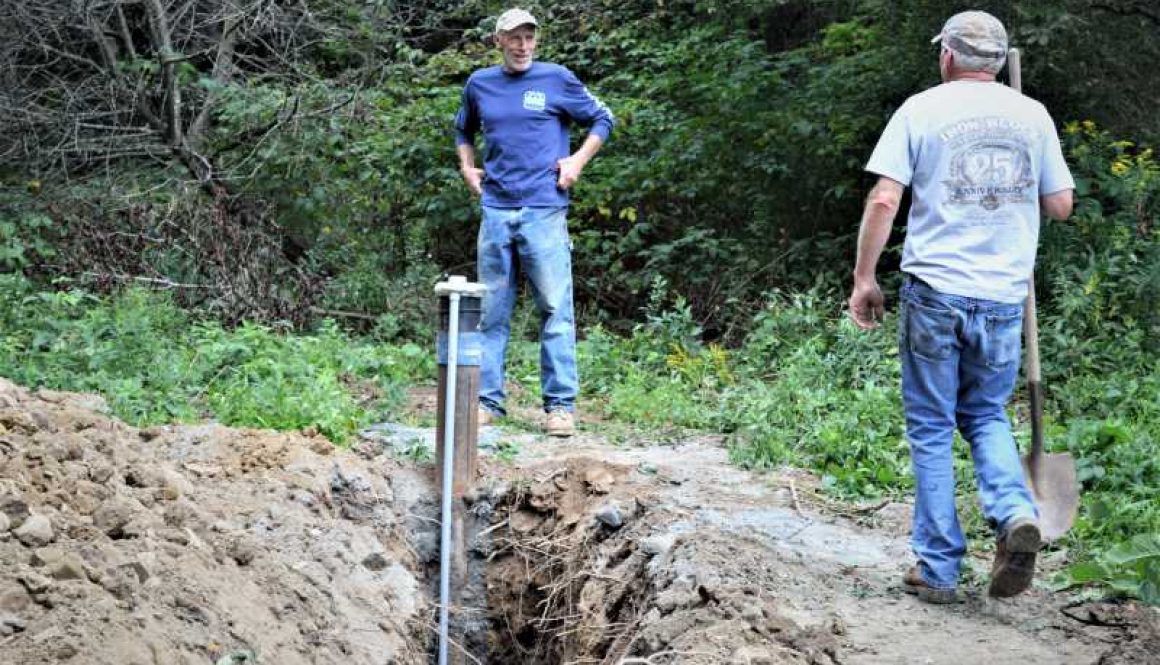By Don Adams
Adams Well Drilling
Great question. Location will determine how strongly your water well will perform over its life. From one end of your property to the other, differences in elevation and ground composition will influence a number of water well drilling factors including:
- Depth and topography
- Groundwater flow
- Distance from potential contaminants
- Distance from source to consumption
- Geology
- Service access
Water well drilling here in the Southern Tier of Western New York is a way of life. It’s how generations of people have accessed clean, pure water here for hundreds of years. I’ve built a successful career from the practice since 1978. We benefit from temperate seasons, which provide water from an abundance of seasonal rainfall and snowmelt. Still, there are numerous factors affecting water volume and quality everywhere.
What Factors Should I Consider When Drilling a Water Well in Western New York?
1. Depth and Topography
We’re blessed here with the beauty of rolling hills and valleys. It’s picturesque, but when it comes to water well drilling, it can mean significant differences in aquifer depth from one location to another.
Generally, clean well water can be found anywhere between 30 and 300 feet here in the Cuba, Wellsville and Olean, NY areas. But the region’s varied topography offers no depth guarantees. Property records may indicate the depth of earlier wells.
The lay of the land may also affect your water quality. Natural low-lying areas prone to standing water and flooding might let disease-causing bacteria and other microorganisms into the well system. It’s typically better to locate the well on higher ground. If that’s not possible, ensure the well casing is capped higher than the historic flood level. Sloped ground and concrete pads also help to divert surface runoff.
2. Groundwater Flow
An experienced water well drilling contractor should know the groundwater flow direction, more often than not. Groundwater in an unconfined aquifer usually flows the same direction as the ground slope. When slope isn’t so obvious, years of drilling in an area reveal valuable trends for finding volumes of clean well water.
Why is groundwater flow important? In addition to knowing how much water you can expect in your location, you also want to know what is flowing in. Which brings us to our next point.
3. Distance From Potential Contaminants
The earth itself — its soils, clay, sands and rock — is a natural filter for groundwater. But water must travel certain distances to shed disease-causing bacteria and contaminants.
The National Ground Water Association (NGWA) urges the following minimal distances between the wellhead and sources of contaminants (unless state or local codes have stricter mandates):
- 200 feet from cesspools receiving raw sewage
- 200 feet from landfills or garbage dumps
- 100 feet from manure storage
- 100 feet from petroleum tanks
- 50 feet from septic tanks
- 50 feet from livestock enclosures
- 20 feet from roads
Of course, it’s usually better to locate the well upgrade from these. It’s common courtesy to keep wellheads at least five feet from property lines.
4. Distance From Source to Consumption
The ideal location for your water well is up to Mother Nature. That said, water may have to travel considerable distances and slopes from source to consumption. Discuss these realities with your water well professional to plan for the appropriate infrastructure.
5. Geology
Geologic zones that hold fresh groundwater are called aquifers. Depending on your location, your groundwater may sit under rocky formations, clay-based soils, sand and/or silt. Geology can impact everything from difficulty with drilling and pump installation to water volume and quality. Experience will account for these variables in building a water well system to your needs.
6. Service Access
A well-planned and well-built water well will produce clean water to your home or business for many years. But as with any machinery, it may require some ongoing maintenance. A professional will install your well, pump and delivery infrastructure to be easily accessible for servicing.
With decades of experience, Adams Well Drilling is the go-to contractor for well drilling and pump installation in the Franklinville, Cuba and Olean, NY areas.
